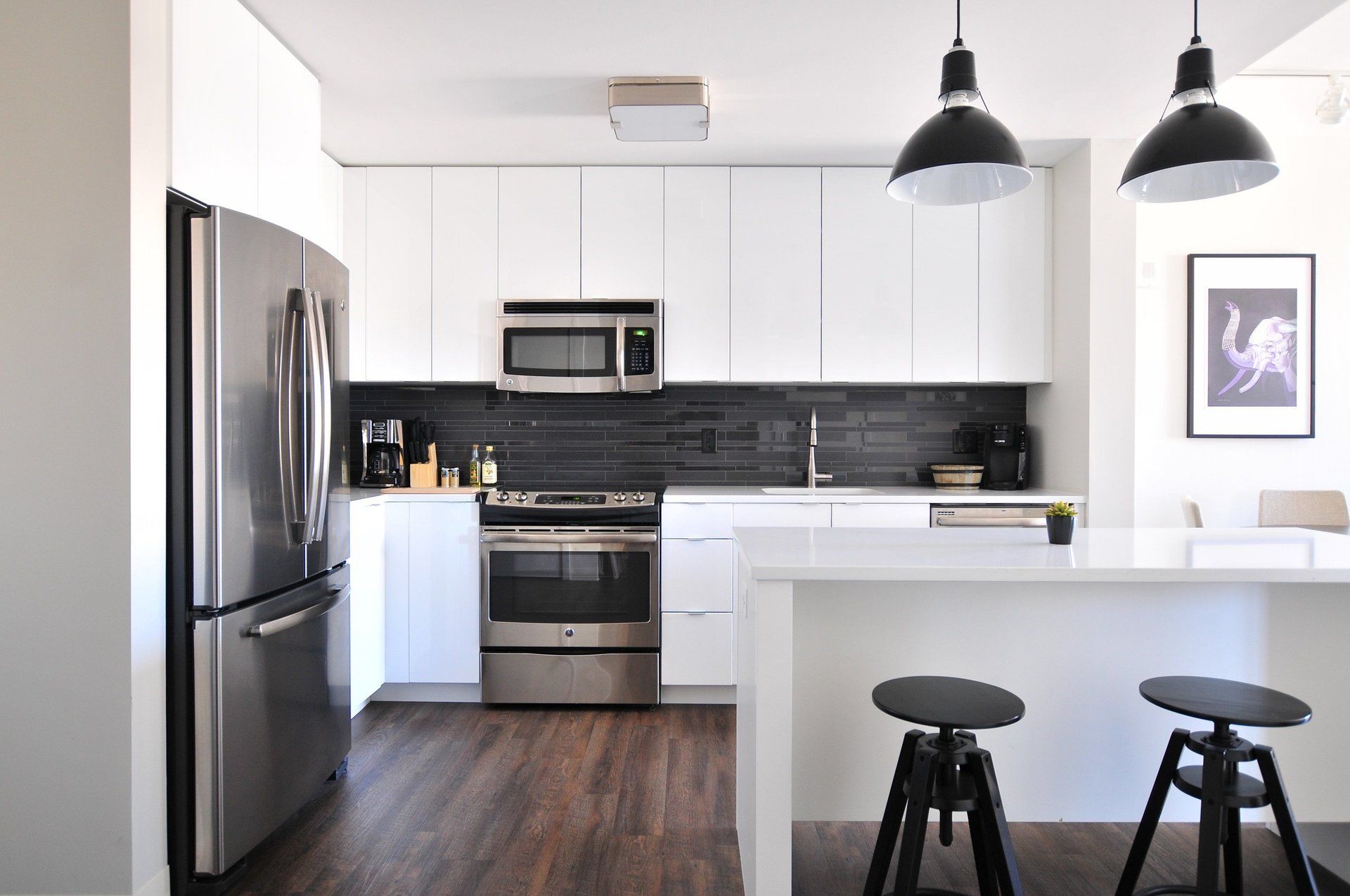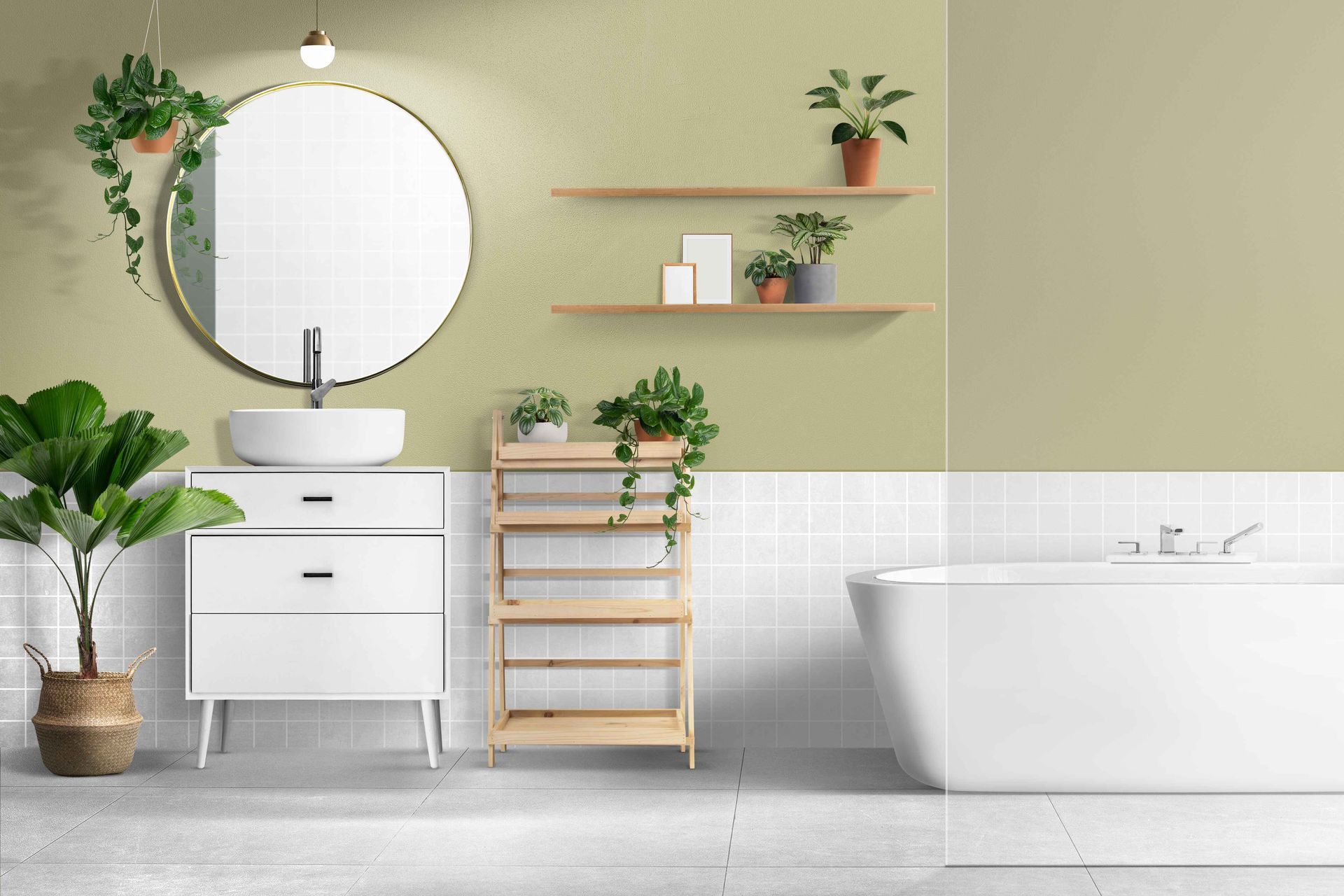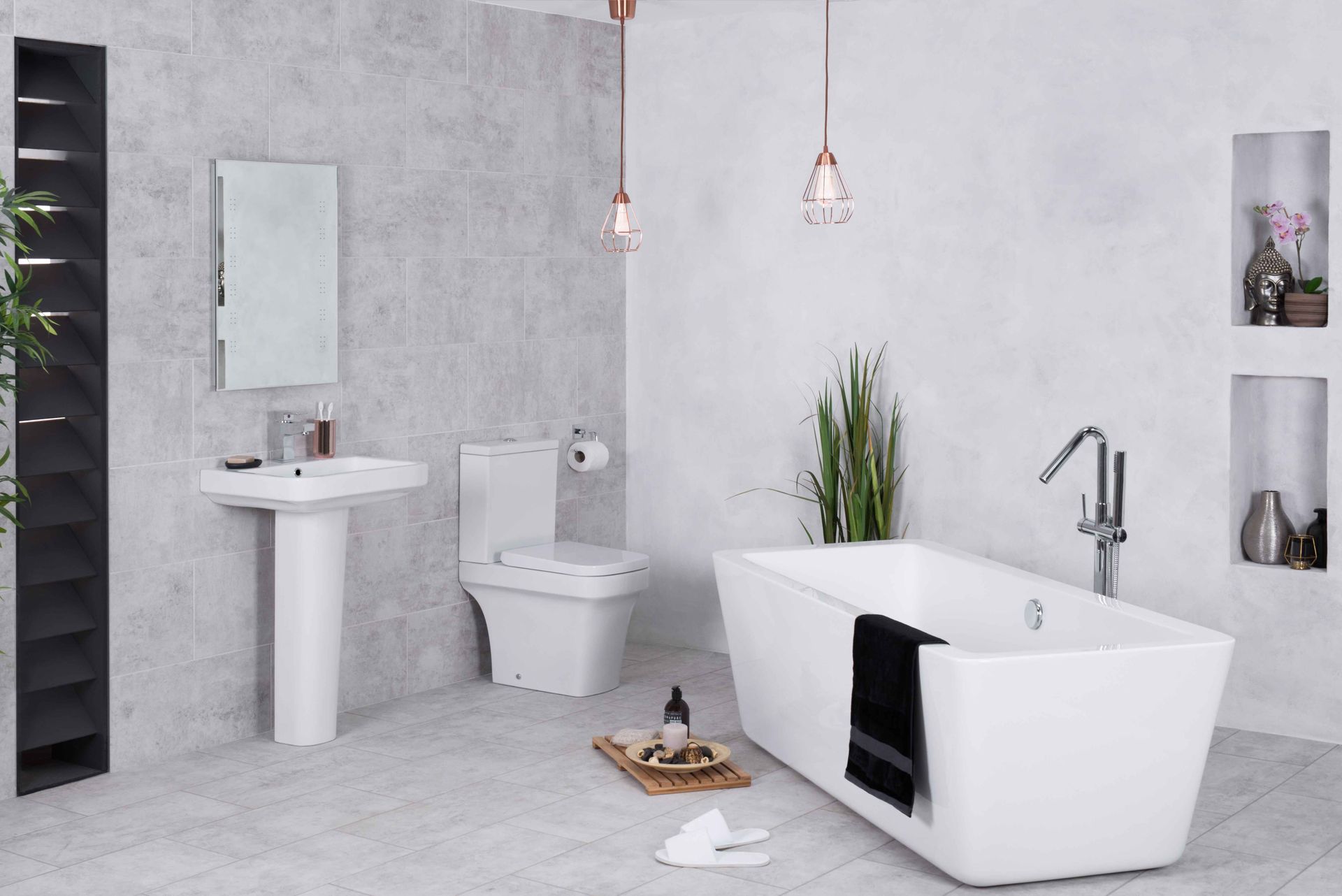Choosing the Right Materials for Your Project - Builder's Innovation Group
Making wise decisions when selecting the right materials for your next residential or commercial space

When you are planning a room addition or working with a general contractor on a new home or commercial building, there are many important decisions to be made. One of the most critical is choosing the right materials. The material you select will have a major impact on the look, feel, and function of the space, as well as your overall investment.
There are many factors to consider when making this decision, including budget, aesthetics, durability, and maintenance. You'll also want to think about how the materials will work together to create the desired effect. With so many options available, it can be overwhelming to choose just one. However, by taking the time to research your options and consult with experts, you can make an informed decision that will result in a space you love.
Here are a few things to keep in mind when choosing materials for your room addition or new construction project:
Budget
It's important to set a budget for your project and stick to it. There are many beautiful materials available, but they can vary widely in price. By knowing how much you're willing to spend, you can narrow down your options and make the best decision for your needs.
Aesthetics
The material you select should complement the overall design of the space. If you're going for a rustic look, for example, distressed wood or stone would be good choices. If you want something more modern, sleek metals or glass might be the way to go.
Durability
The materials you select should be able to withstand the wear and tear of daily use. If you have young children or pets, for example, you'll want to choose something that is durable and easy to clean.
Maintenance
Some materials require more maintenance than others. If you're looking for low-maintenance options, consider materials that are resistant to staining or fading.
Here is some information to consider when choosing materials:
Floor plan
There are a few different ways that floor plans can be created. For smaller projects, the floor plan can be created by the general contractor. However, for larger projects, it is often necessary to hire an architect to create the floor plan. Once the floor plan is created, it will need to be approved by the local building department before construction can begin.
Wood
When starting a new construction project, one of the first decisions that needs to be made is what type of wood to use. This can be a difficult choice, as there are many factors to consider. The climate and location of the structure will play a role in determining the best type of wood, as some woods are more resistant to rot and decay than others. The budget is also an important consideration, as some woods are more expensive than others.
Tile
When it comes to tile, there are many different factors that need to be taken into account during the construction process. First of all, you need to decide what type of tile you want. There are many different materials to choose from, including ceramic, porcelain, glass, and stone. Once you've narrowed down your material choices, you need to consider the size and shape of the tile. Will it be used for flooring, walls, or both?
Electrical
electrical installation is a process that involves the installation of electrical systems in structures. The electrical system in a structure is an important part of the overall architectural design of the structure. The electrical system must be designed to meet the specific needs of the occupants of the structure and the type of activity that will take place in the structure. There are many different types of electrical systems that can be installed in structures.
Cabinetry
The cabinetry in your new home is one of the first things guests will notice, so it's essential to choose cabinetry that reflects your personal style while also being functional and durable. The first step in picking out the right cabinetry is to determine what type of cabinetry you need. For example, if you're looking for storage space, you'll want to choose cabinetry with plenty of shelving and drawers.
By keeping these factors in mind, you can narrow down your choices and find the right material for your room addition or new construction project. With so many options available, doing your research ahead of time will help you make an informed decision that you'll be happy with for years to come.



